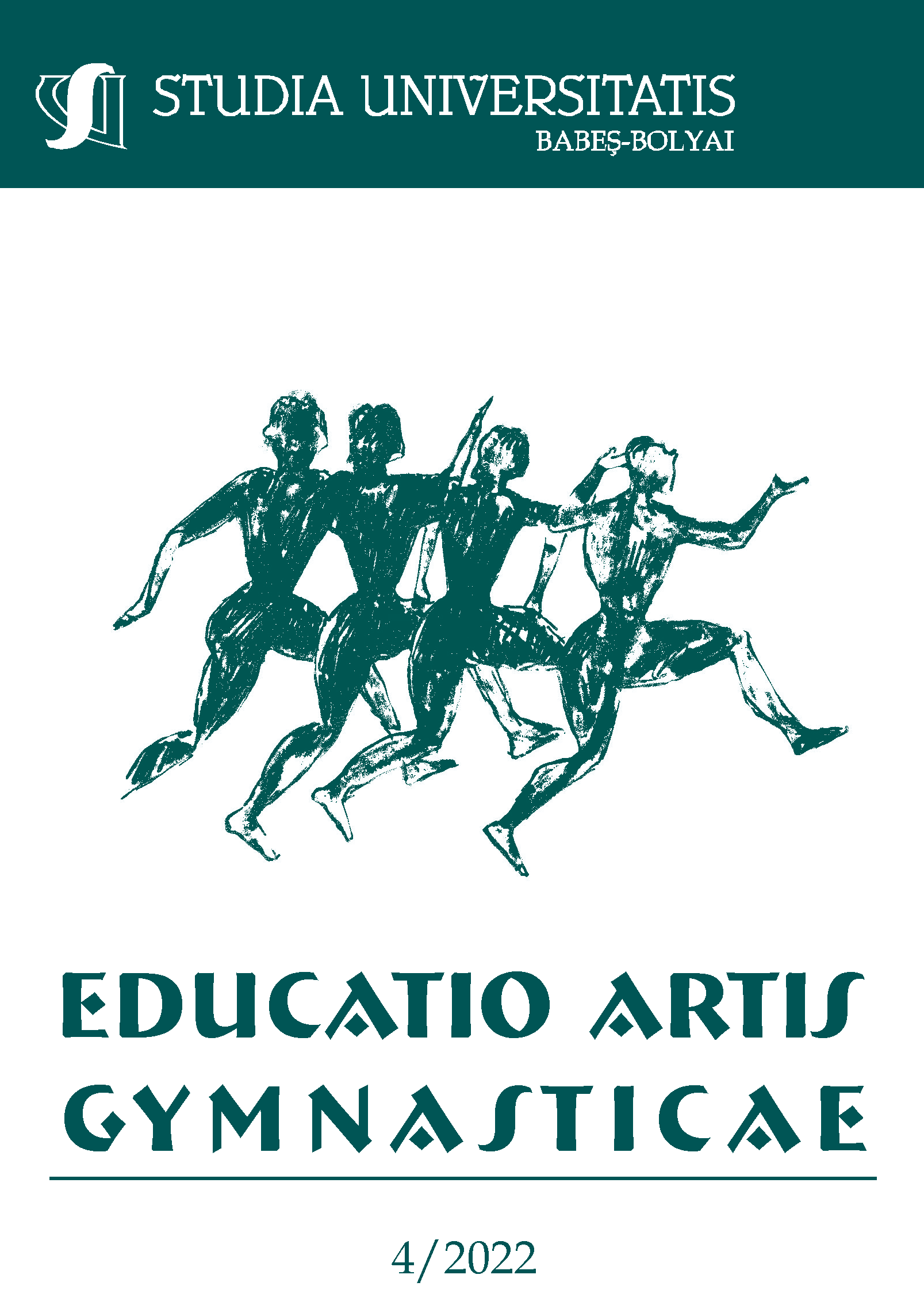DIDACTIC ESCAPE ROOM, APPLIED AT UNIVERSITY, IN ONLINE TEACHING
DOI:
https://doi.org/10.24193/subbeag.67(4).49Keywords:
didactic, escape room, class, university, education, onlineAbstract
The use of active teaching techniques combined with ludic aspects and game-based learning is a current field of investigation in higher education. The use of escape rooms is also being considered as an educational tool in many schools. Using a variety of scenarios and challenges, the escape rooms create an experience that is simultaneously motivational and educational for the participants (Manzano et al., 2021, p. 1). Our Didactic Escape Room was applied in the 2020-2021 academic year, at the end of the first semester, during the Covid-19 pandemic period, with online teaching, on a group of students from the Faculty of Physical Education and Sport (FEFS), enrolled at the psycho-pedagogical specialization within the Teacher Training Department, and on a group of students from the Faculty of Psychology and Educational Sciences, specializing in Pedagogy of Primary and Preschool Education (PIPP), within Babeș-Bolyai University, Cluj-Napoca. Through this intervention, we measured the general attractiveness, stimulation and novelty of a didactic Escape Room applied online, and we found that the degree of attractiveness for a didactic Escape Room, applied online, was high. Also, it was stimulating enough to generate engagement at the group level. We believe that the specificity of the group involved in the Escape Room is very important, and that each didactic activity of this kind be properly adapted for the class to which it is applied.
References
Brown, N., Darby, W., & Coronel, H. (2019). An escape room as a simulation teaching strategy. Clinical Simulation in Nursing, 30, pp. 1-6, https://doi.org/10.1016/j.ecns.2019.02.002.
Chou, P., Chang C., & Hsieh, Shieh. (2020). Connecting digital elements with physical learning contexts: an educational escape-the-room game for supporting learning in young children. Technology, Pedagogy and Education, Doi: 10.1080/1475939X.2020.1775694.
Dietrich, N. (2018). Escape Classroom: The Leblanc Process - An Educational ‘escape Game’. Journal of Chemistry Education, 95, pp. 996–999.
Eukel, H. N., Frenzel, J. E., & Cernusca, D. (2017). Educational Gaming for Pharmacy Students - Design and Evaluation of a Diabetes-themed Escape Room. American Journal of Pharmaceutical Education, 81(7), p. 6265, https://doi.org/10.5688/ajpe8176265.
Fotaris, P., & Mastoras, T. (2019). Escape Rooms for Learning: A Systematic Review. Proceedings of the 12th European Conference on Game Based Learning, https://doi.org/10.34190/GBL.19.179.
Hermanns, M., Deal, B., Campbell, A. M., Hillhouse, S., Opella, J. B., Faigle, C., & Campbell IV, R. H. (2018). Using an “escape room” toolbox approach to enhance pharmacology education. Journal of Nursing Education and Practice, 8(4), pp. 89–95, https://doi.org/10.5430/jnep.v8n4p89.
RV Didactic. (n.d.). IAC [YouTube channel]. YouTube. Retrieved April 25, 2022, from https://www.youtube.com/playlist?list=PLjvbgTMXGiO_0NfaJNLhFEN_8WOIav2e-.
Lopez-Pernas, S., Gordillo, A., Barra, E., & Quemada, J. (2019a). Analyzing Learning Effectiveness and Students’ Perceptions of an Educational Escape Room in a Programming Course in Higher Education. IEEE Access, 7, 184221–184234, https://doi.org/10.1109/Access.2019.2960312.
Manzano, A.; Sánchez, M.; Trigueros, R.; Álvarez, Á.; Aguilar, J.M. Gamificación y Breakout Edu en Formación Profesional. El programa «Grey Place» en Integración Social. Rev. Educ. Mediática TIC 2020, 9, pp. 1-20.
Nicholson, S. (2015). Peeking behind the locked door: A survey of escape room facilities, http://scottnicholson.com/pubs/erfacwhite.pdf.
User Experience Questionnaire (UEQ). (n.d.). Retrieved 25 April 2022, from https://www.ueq-online.org/.
Veldkamp, A., van de Grint, L., Knippels, M.-C.P.J., van Joolingen, W.R., (2020). Escape education: A systematic review on escape rooms in education, Educational Research Review, Doi: https://doi.org/10.1016/j.edurev.2020.100364.
Veach, C.C. (2019), Breaking out to break through: re-imagining first-year orientations, Reference Services Review, 4, pp. 556-569, https://doi.org/10.1108/RSR-06-2019-0039.
Whitton, N. (2018). Playful learning: tools, techniques, and tactics. Research in Learning Technology, 26(0), https://doi.org/10.25304/rlt.v26.2035.
Downloads
Published
How to Cite
Issue
Section
License
Copyright (c) 2022 Studia Universitatis Babeș-Bolyai Educatio Artis Gymnasticae

This work is licensed under a Creative Commons Attribution-NonCommercial-NoDerivatives 4.0 International License.






